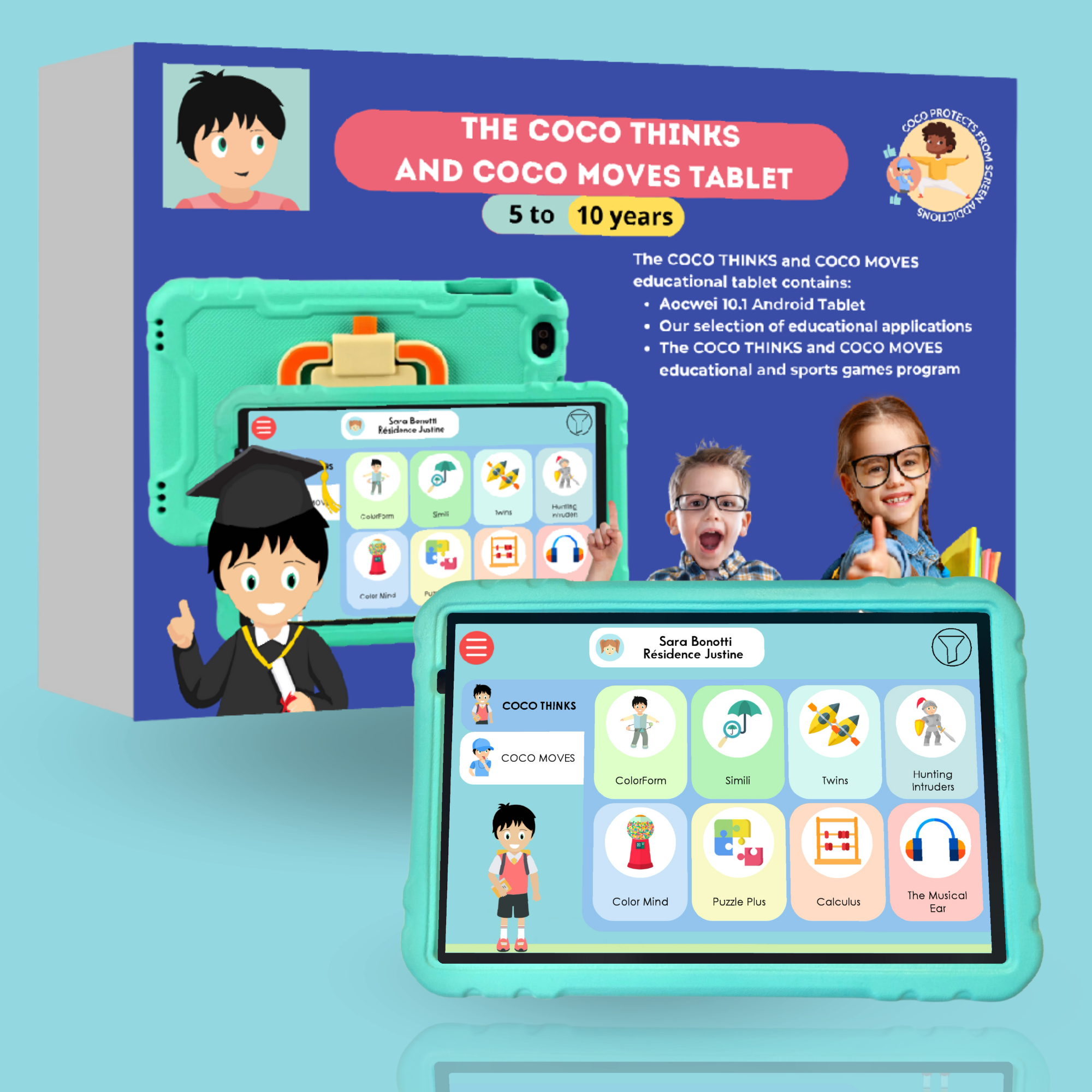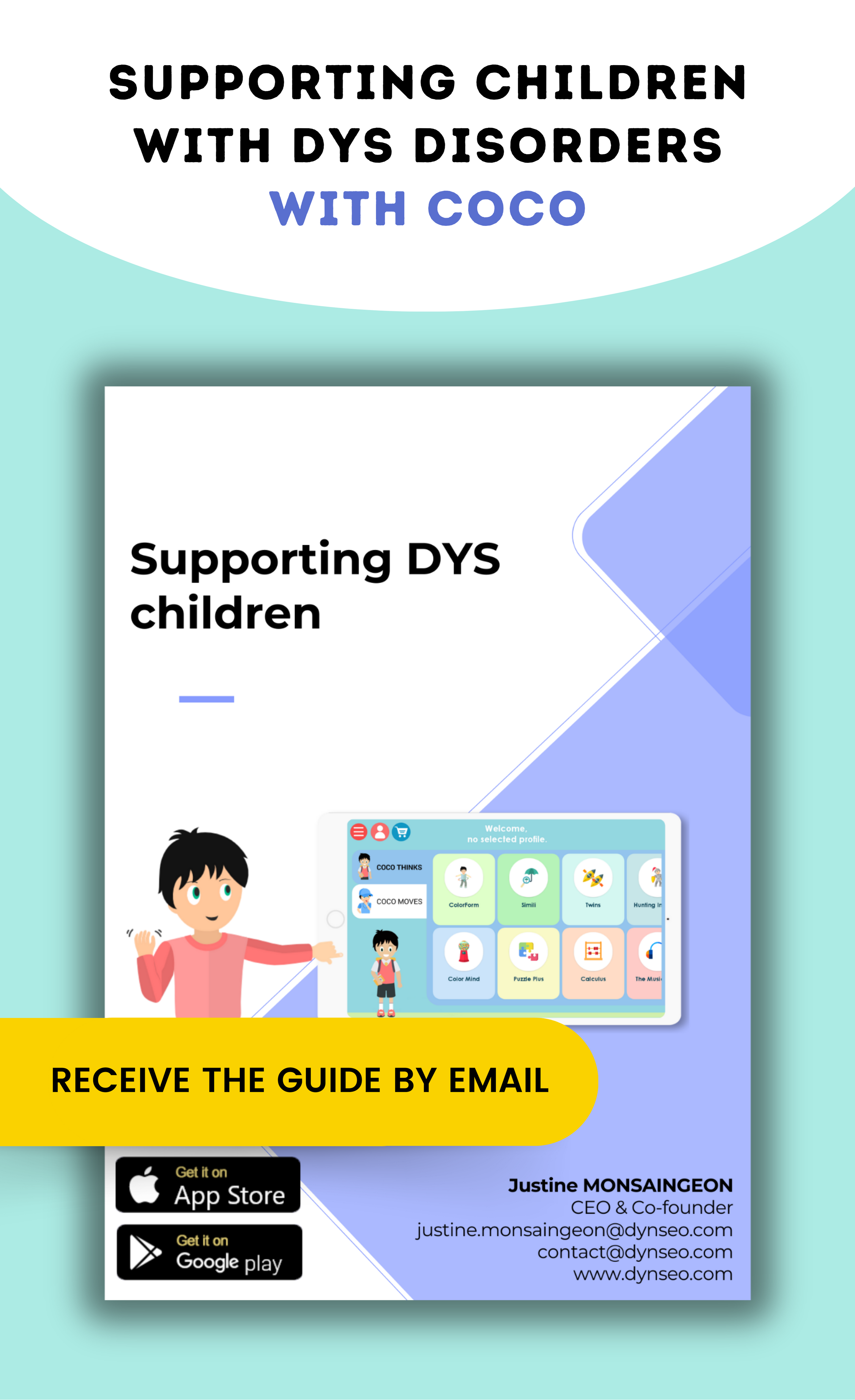Dyspraxia, also known as developmental coordination disorder, is a neurological disorder that affects the planning and execution of movements. The exact causes of dyspraxia are not yet fully understood, but it is generally accepted that it is a developmental disorder that can be influenced by both genetic and environmental factors.
Common symptoms of dyspraxia in children include reduced motor coordination, difficulty performing precise movements, poor posture and low physical stamina. Children with dyspraxia may also have difficulty following verbal instructions, planning and organizing daily activities, and developing reading and writing skills.
How does dyspraxia affect children’s fine motor skills?
Dyspraxia affects children’s fine motor skills by disrupting their ability to coordinate and control the movements of their hands and fingers. Children with dyspraxia may have difficulty holding a pencil correctly, buttoning their clothes, using scissors or handling small objects. They may also have difficulty performing fine, precise movements, such as writing or drawing.
Daily activities that can be difficult for children with dyspraxia include dressing, manipulating objects, taking part in construction games and participating in artistic activities such as drawing and painting. These difficulties can lead to frustration and low self-esteem in children with dyspraxia, underscoring the importance of helping these children develop their fine motor skills.
Fine motor games for dyspraxic children: why are they important?
Fine motor development is essential for children with dyspraxia, enabling them to acquire the skills they need to perform everyday tasks and participate fully in their environment. Fine motor games help children improve their hand-eye coordination, muscle strength and movement control, which can have a positive impact on their ability to perform tasks such as writing, manipulating objects and participating in physical activities.
By incorporating fine motor activities into the daily routine of children with dyspraxia, parents and educators can help them develop their fine motor skills in a fun and stimulating way. These activities can also help boost the self-confidence and self-esteem of children with dyspraxia, showing them that they are capable of succeeding in tasks that previously seemed difficult.
The benefits of fine motor play for dyspraxic children
Fine motor exercises for dyspraxic children: how to choose them?
When choosing fine motor exercises for children with dyspraxia, it’s important to take into account their individual interests and abilities. Activities must be adapted to the specific needs of each child, taking into account their level of development and particular difficulties.
It’s also important to choose activities that are fun and stimulating for children with dyspraxia. Children are more likely to engage in activities that interest them and are suited to their abilities, which can help motivate them to develop their fine motor skills.
Some activities that can benefit children with dyspraxia include manipulating objects such as puzzles, beads or building blocks, using drawing instruments such as pencils or brushes, and playing board games that require hand-eye coordination.
Manipulative games to improve fine motor skills in dyspraxic children
Manipulative games are particularly beneficial for children with dyspraxia, as they help develop hand-eye coordination, muscle strength and movement control. Manipulative activities can include puzzles, beads, building blocks and other objects that require precise, coordinated handling.
These activities help children with dyspraxia to improve their ability to grasp and manipulate objects, which can have a positive impact on their ability to perform tasks such as dressing, manipulating objects and participating in artistic activities.
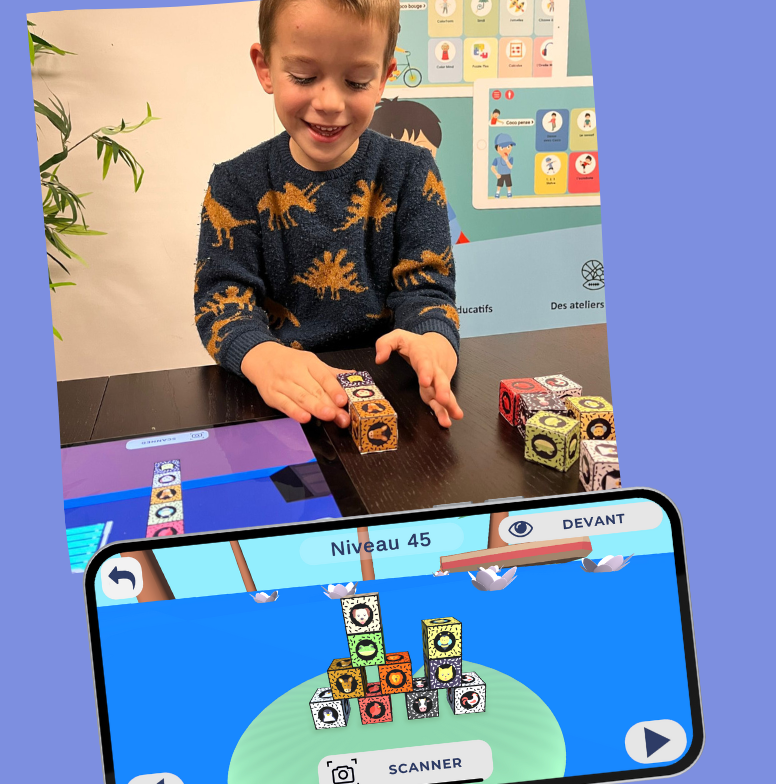
Drawing and coloring activities for dyspraxic children
Drawing and coloring activities are excellent for helping children with dyspraxia to develop their fine motor skills. These activities require precise hand-eye coordination, as well as a good command of fine, precise movements.
To adapt these activities to the needs of children with dyspraxia, it may be useful to use pencils or brushes adapted to their level of development. For example, thicker pencils or brushes with wider handles can be easier for children with dyspraxia to hold.
It’s also important to give children with dyspraxia enough time to complete their tasks, and to provide support and encouragement throughout the process. This can help them develop self-confidence and improve their fine motor skills.
Building sets for dyspraxic children
Construction games are an excellent way to help children with dyspraxia develop their fine motor skills. These activities require precise hand-eye coordination, as well as a good command of fine, precise movements.
Children with dyspraxia can benefit from construction games such as building blocks, Lego or 3D puzzles. These activities help improve hand-eye coordination, muscle strength and movement control, while encouraging creativity and imagination.
Board games to improve fine motor skills in dyspraxic children
Board games and other social activities can also help children with dyspraxia to develop their fine motor skills. These activities often require precise hand-eye coordination, as well as a good command of fine, precise movements.
Board games such as dominoes, card games and games that involve manipulating objects can be beneficial for children with dyspraxia. These activities help improve hand-eye coordination, concentration and movement control, while promoting social interaction and the development of social skills.
Tips to encourage dyspraxic children to play games and practice fine motor skills.
AND FOR MORE INFORMATION
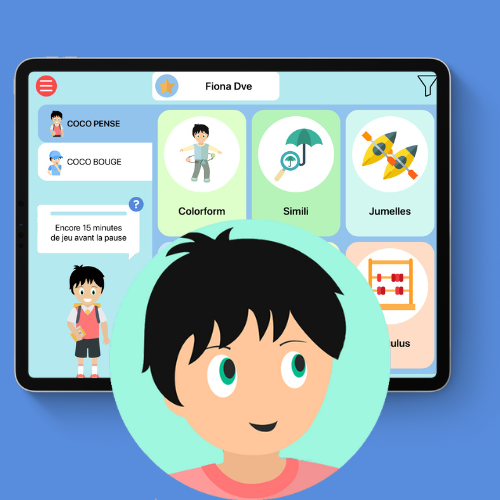
COCO, EDUCATIONAL GAMES FOR CHILDREN
Coco pense et Coco bouge is an educational games program for dyspraxic children aged 5 to 10. A variety of games to work on all cognitive functions. A compulsory sports break every 15 minutes of screen time. Smartphone and tablet.
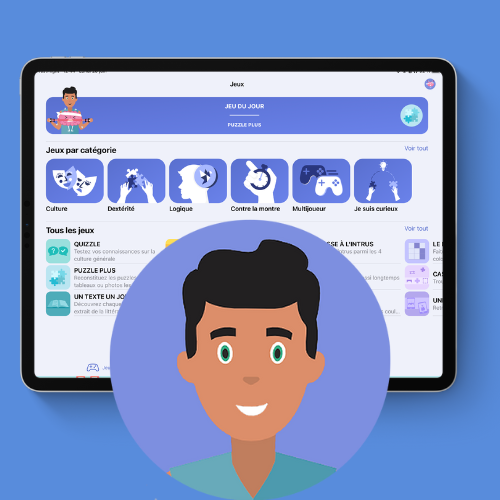
JOE, FOR DYSPRAXIC ADULTS
The JOE program, your brain coach, will help dyspraxic teenagers and adults. They can search for games by cognitive function. Joe will also be able to recommend the games best suited to each user’s needs. Smartphone and tablet.

THE ROLLING BALL FOR MOTOR SKILLS
The Bille qui Roule application is an innovative tool designed to improve fine motor skills through attractive, interactive challenges. By guiding a virtual ball through courses and obstacles, users can improve their precision, control and hand-eye coordination.
Other articles that might interest you:
10 Effective Pedagogical Strategies to Support Children with DYS Disorders.
Children with DYS disorders face many challenges in their educational journey. They may have difficulty reading and...
The Role of Audio Books in the Learning of Dyslexic Children.
Dyslexic children face many difficulties when it comes to reading. The first problem they face is decoding, i.e. the...
Supporting children with autism
Dynseo proposesSUPPORTING CHILDREN WITH AUTISM with COCO THINKS AND COCO MOVESDynseo and its team are very much...







